 Hyundai Santa Fé and team Car India drive from India to Nepal just to see what it is about the place that makes it a part of every mountain lover’s wish-list
Hyundai Santa Fé and team Car India drive from India to Nepal just to see what it is about the place that makes it a part of every mountain lover’s wish-list
Haven’t we all admired those snow-capped mountains and always wondered when those inaccessible passes would open up for us to walk through, ice would melt off the walkways, wind coming from the top tell the tales of what goes about in the north? I did too and I got it too! Himalayas have always been a mystery everyone wants to try their hand at unfolding, held secrets to many untold stories and have pulled enthusiasts from across the globe to experience it for themselves what it is to be on the highest mountains in the world.
 We didn’t check the oracle, but our watches and set out to drive into another country, into Nepal. Setting off from New Delhi, we had about 1,000 and 61 odd kilometres to cover before we reached Pokhara, the fourth largest city in Nepal, and then about 200 more to reach Kathmandu. Our companion for the excursion was Hyundai Santa Fé. After a long wait for fog to clear off the roads, we left from Delhi by 10.00 am, just to find ourselves stuck in the lazy weekend stroll bullock carts and cyclists had decided to take on the national highway bypassing Ghaziabad. Just as we came out of that rush was when we began to truly enjoy the surroundings, the journey and the destination. The car drove like a dream and showed how eager it was to enter into the land which houses the Everest.
We didn’t check the oracle, but our watches and set out to drive into another country, into Nepal. Setting off from New Delhi, we had about 1,000 and 61 odd kilometres to cover before we reached Pokhara, the fourth largest city in Nepal, and then about 200 more to reach Kathmandu. Our companion for the excursion was Hyundai Santa Fé. After a long wait for fog to clear off the roads, we left from Delhi by 10.00 am, just to find ourselves stuck in the lazy weekend stroll bullock carts and cyclists had decided to take on the national highway bypassing Ghaziabad. Just as we came out of that rush was when we began to truly enjoy the surroundings, the journey and the destination. The car drove like a dream and showed how eager it was to enter into the land which houses the Everest.
 The road henceforth was a newly paved tarmac, which shone bright under the sun. The route was just what one would expect in an Indian countryside. Sprawling farms running alongside the highway, well laid tarmac and some newly constructed bridges, trucks lined near the dhabas and friendly truck drivers waving at a fancy car, ours! The Santa Fé’s air-conditioning was a saviour from the scorching heat and kept us and our soft-drinks cool. Since my phone’s navigation system was a bit inefficient in guiding us into Nepal, a truck driver came to our rescue. A frequent on that route, he advised us to go via Barreily, Pilibhit and then cross over to the other side from Banbasa. And we did just that. He told us that the roads were nice, but forgot to mention how crowded they could be. We didn’t meet many by-pass roads, to escape from the small town madness and often found ourselves in the middle of roads, which disagreed to be ready for a big car like the Santa Fé.
The road henceforth was a newly paved tarmac, which shone bright under the sun. The route was just what one would expect in an Indian countryside. Sprawling farms running alongside the highway, well laid tarmac and some newly constructed bridges, trucks lined near the dhabas and friendly truck drivers waving at a fancy car, ours! The Santa Fé’s air-conditioning was a saviour from the scorching heat and kept us and our soft-drinks cool. Since my phone’s navigation system was a bit inefficient in guiding us into Nepal, a truck driver came to our rescue. A frequent on that route, he advised us to go via Barreily, Pilibhit and then cross over to the other side from Banbasa. And we did just that. He told us that the roads were nice, but forgot to mention how crowded they could be. We didn’t meet many by-pass roads, to escape from the small town madness and often found ourselves in the middle of roads, which disagreed to be ready for a big car like the Santa Fé.
 As we went further, the roads also weren’t at the best of their behaviour, but thanks to the car’s suspension set-up, it wasn’t much to worry about. The car returned 10 kilometres to a litre, something much to our expectations from it. Its spacious cabin stored all our luggage and other titbits. After a halt in every town at railway crossings, experiencing our home-grown navigation experts, bad roads, poorly lit highways and exhaustion, we made it to Banbasa, but missed crossing into Nepal by about 30 minutes. The border gate closes at 6.00 pm. With no plan B, we had to spend the night in Banbasa.
As we went further, the roads also weren’t at the best of their behaviour, but thanks to the car’s suspension set-up, it wasn’t much to worry about. The car returned 10 kilometres to a litre, something much to our expectations from it. Its spacious cabin stored all our luggage and other titbits. After a halt in every town at railway crossings, experiencing our home-grown navigation experts, bad roads, poorly lit highways and exhaustion, we made it to Banbasa, but missed crossing into Nepal by about 30 minutes. The border gate closes at 6.00 pm. With no plan B, we had to spend the night in Banbasa.
 The next morning we crossed the border at 6.00 am and, after spending about an hour in furnishing all the formalities (challans, RTO receipts, local number plate, checking of luggage and verification of the car’s papers, etc), we left from Mahendranagar. As you cross into Nepal, one thing that you notice prominently is the change in the landscape. Yes, both the sides are green, both the soils are fertile and both the sides are beautiful, but in their own way. Where Indian side constitutes trees bordering the highway and farms running parallel, the Nepali side had open grasslands, pastures, river crossings and road running through wildlife parks, etc. One meets river beds every now and then on the way and some of them with their icy blue water and green shores called for a halt to just stare at nature in its purest form.
The next morning we crossed the border at 6.00 am and, after spending about an hour in furnishing all the formalities (challans, RTO receipts, local number plate, checking of luggage and verification of the car’s papers, etc), we left from Mahendranagar. As you cross into Nepal, one thing that you notice prominently is the change in the landscape. Yes, both the sides are green, both the soils are fertile and both the sides are beautiful, but in their own way. Where Indian side constitutes trees bordering the highway and farms running parallel, the Nepali side had open grasslands, pastures, river crossings and road running through wildlife parks, etc. One meets river beds every now and then on the way and some of them with their icy blue water and green shores called for a halt to just stare at nature in its purest form.
 Cars are a luxury in the smaller towns and local people prefer keeping horse-drawn carts. Otherwise, bicycles are the most common mode of individual mobility. On the way, we crossed the very famous Karnali bridge, much like a Japanese suspension bridge Nepalis could boast about. The road then took us through Chitwan National Park and we even spotted a fox strolling along the road. The drive through the park is nothing less than a Mecca for drivers. With wild bushes bowing down to the travellers, the road winding behind the bushes to open up over a river and trees and open lands to give you some breather before you get submerged in nature again.
Cars are a luxury in the smaller towns and local people prefer keeping horse-drawn carts. Otherwise, bicycles are the most common mode of individual mobility. On the way, we crossed the very famous Karnali bridge, much like a Japanese suspension bridge Nepalis could boast about. The road then took us through Chitwan National Park and we even spotted a fox strolling along the road. The drive through the park is nothing less than a Mecca for drivers. With wild bushes bowing down to the travellers, the road winding behind the bushes to open up over a river and trees and open lands to give you some breather before you get submerged in nature again.
 The next big town on the way was Butwal. Leaving Butwal in a trail of dust, we started climbing the ghat section. This was when the automatic transmission of the Santa Fé came really handy. We were saved from the hassles of frequent gear shifts and could enjoy the view. Its 2.2-litre engine had enough grunt to munch miles on the highway and to take the steep incline in its stride as well. The roads were in a very bad condition and many under construction. The car’s good ground clearance kept all such problems at bay.
The next big town on the way was Butwal. Leaving Butwal in a trail of dust, we started climbing the ghat section. This was when the automatic transmission of the Santa Fé came really handy. We were saved from the hassles of frequent gear shifts and could enjoy the view. Its 2.2-litre engine had enough grunt to munch miles on the highway and to take the steep incline in its stride as well. The roads were in a very bad condition and many under construction. The car’s good ground clearance kept all such problems at bay.
 Men walking by the side of the road with not a drop of sweat complaining of the effort, women and children basking in the sun outside their brightly painted houses, small shops with many colourful packets of munchies and tobacco and uncountable check-posts making our tongues ache of telling the same set of details again and again, constituted our journey uptil Pokhara. After driving for about 14 hours, we finally reached Pokhara. Houses – an amalgamation of bits from both China and India, lots of culture and religion by their side and beauty to swear by. We retired for the night at a place which belonged to an esteemed family of the town (looking at the trophies and pictures embellishing the place) and was converted into a small hotel.
Men walking by the side of the road with not a drop of sweat complaining of the effort, women and children basking in the sun outside their brightly painted houses, small shops with many colourful packets of munchies and tobacco and uncountable check-posts making our tongues ache of telling the same set of details again and again, constituted our journey uptil Pokhara. After driving for about 14 hours, we finally reached Pokhara. Houses – an amalgamation of bits from both China and India, lots of culture and religion by their side and beauty to swear by. We retired for the night at a place which belonged to an esteemed family of the town (looking at the trophies and pictures embellishing the place) and was converted into a small hotel.
 The next morning, I got a chance to get up, close and personal with Nepal. Nepal, as mythology explains, is the country looked after by a sage named ‘Ne’ (Ne+Pal), who appointed a bunch of pious cowherds (called ‘gopalas’, thus the dynasty was called the Gopala Dynasty) as the kings to rule over Nepal for generations to come. The history books are full of with stories of what happened later. Annexations, conquests, bloodshed, fights and peace treaties. All that kept aside, the country as such is a rather laid-back one with warm, peace-loving and welcoming people. Hinduism is the most practised religion countrywide, with history hinting some association with Budhhism too. However, Chinese inscriptions, yin-yan, dragons and other symbols were commonly seen in souvenirs.
The next morning, I got a chance to get up, close and personal with Nepal. Nepal, as mythology explains, is the country looked after by a sage named ‘Ne’ (Ne+Pal), who appointed a bunch of pious cowherds (called ‘gopalas’, thus the dynasty was called the Gopala Dynasty) as the kings to rule over Nepal for generations to come. The history books are full of with stories of what happened later. Annexations, conquests, bloodshed, fights and peace treaties. All that kept aside, the country as such is a rather laid-back one with warm, peace-loving and welcoming people. Hinduism is the most practised religion countrywide, with history hinting some association with Budhhism too. However, Chinese inscriptions, yin-yan, dragons and other symbols were commonly seen in souvenirs.
 Pokhara is a town situated in a corner of the Pokhara Valley. The roads were nothing wider than by-lanes passing through the hustle and bustle of the town, widening occasionally to run parallel to the river. Look up from the middle of hanging wires, bent street-lamps and old buildings and you’re greeted by the shimmering Annapurna range, glowing pink as the first ray of the sun touches and breaks the first snowflake on the mountains. You look at the sky, amazed by the sheer beauty of those snow-laden, glowing mountains and feel a magnetic pull calling you to come and meet them. We drove for kilometres thinking we were inching towards them, but the more we drove, the farther they kept pushing, much like a deer looking for water in a desert. So we decided to just see Pokhara for now and keep climbing up the Himalayas for later.
Pokhara is a town situated in a corner of the Pokhara Valley. The roads were nothing wider than by-lanes passing through the hustle and bustle of the town, widening occasionally to run parallel to the river. Look up from the middle of hanging wires, bent street-lamps and old buildings and you’re greeted by the shimmering Annapurna range, glowing pink as the first ray of the sun touches and breaks the first snowflake on the mountains. You look at the sky, amazed by the sheer beauty of those snow-laden, glowing mountains and feel a magnetic pull calling you to come and meet them. We drove for kilometres thinking we were inching towards them, but the more we drove, the farther they kept pushing, much like a deer looking for water in a desert. So we decided to just see Pokhara for now and keep climbing up the Himalayas for later.
 Clean neighbourhoods, friendly people, crystal-clear waters, lush green hills, valley looking down up on well manicured step farms, the sight was worth a sigh. After a brief encounter with the splendid Phewa lake and some other tourist spots suggested by the locals, including the Gorkha Museum, Mahendra caves in Batulechaur famous for its stone type, which glitters when you throw some light on it and a not so popular bat cave called ‘Chamera Gupha’. I couldn’t gather the courage to go inside the second cave for the obvious reasons: it houses some of the rarest species of bats, but can be an interesting place for bat-lovers.
Clean neighbourhoods, friendly people, crystal-clear waters, lush green hills, valley looking down up on well manicured step farms, the sight was worth a sigh. After a brief encounter with the splendid Phewa lake and some other tourist spots suggested by the locals, including the Gorkha Museum, Mahendra caves in Batulechaur famous for its stone type, which glitters when you throw some light on it and a not so popular bat cave called ‘Chamera Gupha’. I couldn’t gather the courage to go inside the second cave for the obvious reasons: it houses some of the rarest species of bats, but can be an interesting place for bat-lovers.
 Pokhara valley is also very famous amongst paragliders and one can easily spot and be a part of such activities in the right season. We also met a lot of cyclists climbing up the ghat to Pokhara and then riding further to different destinations in Nepal. After a day well spent in Pokhara, we re-fuelled the car and left for Kathmandu.
Pokhara valley is also very famous amongst paragliders and one can easily spot and be a part of such activities in the right season. We also met a lot of cyclists climbing up the ghat to Pokhara and then riding further to different destinations in Nepal. After a day well spent in Pokhara, we re-fuelled the car and left for Kathmandu.
 As soon as we bid adieu to the simplicity and beauty of Pokhara, we were back in the arms of hills. The roads circled around those high peaks and the valley on the other side kept the Himalayas always in our sight. The roads were tight and oncoming traffic constituted of trucks, two-wheelers and a few cars. Norgay must have braved all the hardships to set his foot firm on the Himalayas, but we enjoyed the view in the lap of luxury, in the Santa Fé. When not looking out of the window, the music in the cabin kept us busy. The houses and small temples on the way had Pagoda-like roofs, something we really enjoyed capturing. The step farms, grazing cattle, unstoppable pedestrians and smiling faces still met us frequently on our way. After a long drive, it was dark by the time we reached the beautiful city of Kathmandu.
As soon as we bid adieu to the simplicity and beauty of Pokhara, we were back in the arms of hills. The roads circled around those high peaks and the valley on the other side kept the Himalayas always in our sight. The roads were tight and oncoming traffic constituted of trucks, two-wheelers and a few cars. Norgay must have braved all the hardships to set his foot firm on the Himalayas, but we enjoyed the view in the lap of luxury, in the Santa Fé. When not looking out of the window, the music in the cabin kept us busy. The houses and small temples on the way had Pagoda-like roofs, something we really enjoyed capturing. The step farms, grazing cattle, unstoppable pedestrians and smiling faces still met us frequently on our way. After a long drive, it was dark by the time we reached the beautiful city of Kathmandu.
 The next morning, all recharged with food and sleep, we set out to discover Kathmandu in all its grandeur. Like any other popular tourist destination, Kathmandu was also bustling, crowded, lots of things, places and buildings for shutter frenzy, glorious history and even a Bollywood relation. Kathmandu also has a major population of people following Hinduism, followed by Budhhism. Thus, along with monasteries, we found many medieval temples of Hindu gods too. Temples dedicated to many Hindu gods, like Pashupatinath (Lord Shiva), Budhanilkantha (Lord Vishnu), Swayambhunath (an architectural marvel), Changu Narayan, etc. Kopan Monastery and Bodnath Stupa were some more places we were mesmerized by.
The next morning, all recharged with food and sleep, we set out to discover Kathmandu in all its grandeur. Like any other popular tourist destination, Kathmandu was also bustling, crowded, lots of things, places and buildings for shutter frenzy, glorious history and even a Bollywood relation. Kathmandu also has a major population of people following Hinduism, followed by Budhhism. Thus, along with monasteries, we found many medieval temples of Hindu gods too. Temples dedicated to many Hindu gods, like Pashupatinath (Lord Shiva), Budhanilkantha (Lord Vishnu), Swayambhunath (an architectural marvel), Changu Narayan, etc. Kopan Monastery and Bodnath Stupa were some more places we were mesmerized by.
 Rich in culture and beliefs, there was one practice in Kathmandu which fascinated and surprised me at the same time. Standing at Kumari Chowk (under Kumari’s window, to be precise), when asked the significance of the place, we were told that Nepalis prayed young pre-pubescent girls as a living goddess by Hindus and Buddhists of the country and the chowk was where her residence was. Belonging to a certain clan, the Kumari (Sanskrit word for young girl) is prayed during festivals like Navratri and Durga Pooja. The sad bit, once treated with all the love and attention, the Kumari is shunned from her stature as soon as she attains puberty.
Rich in culture and beliefs, there was one practice in Kathmandu which fascinated and surprised me at the same time. Standing at Kumari Chowk (under Kumari’s window, to be precise), when asked the significance of the place, we were told that Nepalis prayed young pre-pubescent girls as a living goddess by Hindus and Buddhists of the country and the chowk was where her residence was. Belonging to a certain clan, the Kumari (Sanskrit word for young girl) is prayed during festivals like Navratri and Durga Pooja. The sad bit, once treated with all the love and attention, the Kumari is shunned from her stature as soon as she attains puberty.
 Moving on to Darbar Square, our shutter frenzy began again. The market area in front of the royal palaces, the place reflects all the colour, culture, tradition and religion Nepal constitutes of. From souvenirs to antiques, one could find everything to his heart’s content.
Moving on to Darbar Square, our shutter frenzy began again. The market area in front of the royal palaces, the place reflects all the colour, culture, tradition and religion Nepal constitutes of. From souvenirs to antiques, one could find everything to his heart’s content.
 Everyone took a great fancy to the Santa Fé wherever we went. Kids would peep into the windows, wondering what these funny travellers had in the cabin, ladies would whisper something into each other’s ear as we passed by and cops wanted to be clicked as they posed with it.
Everyone took a great fancy to the Santa Fé wherever we went. Kids would peep into the windows, wondering what these funny travellers had in the cabin, ladies would whisper something into each other’s ear as we passed by and cops wanted to be clicked as they posed with it.
The trip was memorable as we drove through those lazy landscapes and captured glimpses of each place we visited in our heart. The struggle for defining their territory has sometimes been adamant and sometimes pitiful, but the Gorkhas have braved it all. Peace-loving now, they have been great warriors too. Chanting sages, smiling women and kids and hard working menfolk is what defines Nepal. And we have been the lucky ones to experience it in this lifetime.
The journey back was rather uneventful in front of all the excitement and enthusiasm we had experienced in the last four days. The Santa Fé was a peaceful, comfortable and spacious wagon which brought us back home with each dream and memory in our eyes intact.
Road And Traffic Conditions
In India
1. Heavy traffic until you drive out of Ghaziabad.
2. Good four-lane highway until Rampur.
3. Heavy slow-moving traffic as you drive through small towns like Barreily, Pilibhit and Tunakpur, etc.
4. Patches of bad road throughout the route.
5. Traffic jam on the highway, subject to the number of trucks parked by the side of the road. The time taken to get out of each jam may vary from 45 minutes to one hour.
6. Many railway crossings throughout the route. The halt at each of these may vary from 10 to 30 minutes.
7. Roads are generally narrow in small towns and slow-moving traffic by the side of the road may take longer to drive out.
In Nepal
1. The road surface is smooth, but bumpy with sudden dips and hikes.
2. Nepal is a country with more slow-moving traffic than cars and two-wheelers. Most of the space on either side of the road is occupied by pedestrians, bicycles, cattle, horse-carts and even tractors. In Kathmandu, public carriers demand for greater space on the roads than other cars.
3. Traffic signals are not a common sight in Pokhara. The road leading to Pokhara is the best example of how winding a road can be, but once you enter, it gets pretty wide.
4. Inside the town, tiny lanes take you to places. So the word of caution is to just be alert of vehicles coming from any side.
5. Once in Kathmandu, you will find yourself in the middle of congested traffic. It’s better to be prepared beforehand.
Eateries/Hotels
In India
1. There are many small stalls throughout the route selling tea, eatables, water bottles and soft drinks.
2. Big towns like Moradabad have fancy hotels with very good arrangement for refreshment, food, parking, lavatories and relaxation.
3. Otherwise, there are many small road-side dhabas across the route, which are far from being fancy, but can come in handy in case there is no other place to eat.
In Nepal
1. Food isn’t much of a problem in Nepal either, but one must be flexible enough to eat at a shack, just in case there isn’t a nice hotel in the vicinity.
2. Non-vegetarian people would find a wide variety of meat nuggets to choose from. The food isn’t too spicy or fancy, but tastes well. Vegetarians have a narrow set of vegetables and grams to choose from. Noodles and momos are easily available.
Documents To Be Carried
1. Registration and insurance papers of the car and PUC certificate, etc.
2. Passport. They don’t ask for it, but just in case. It will also serve as a valid identity document.
3. Valid driving licence
Story: Gasha Aeri-Alawani
Photography: Sanjay Raikar









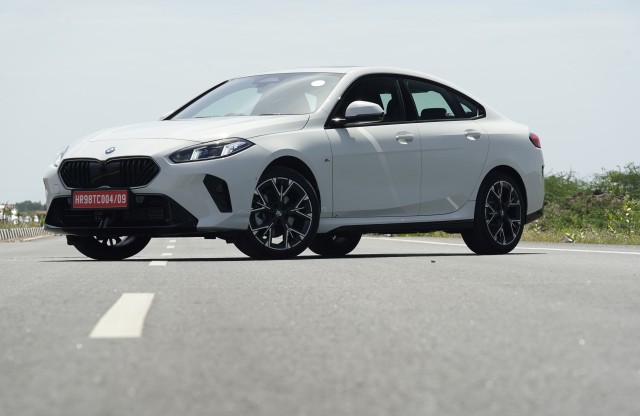
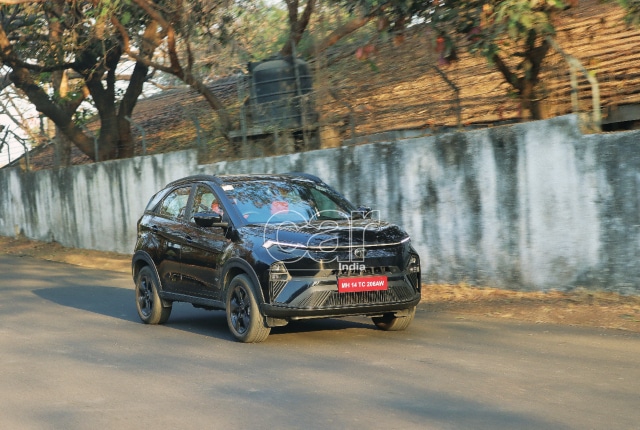

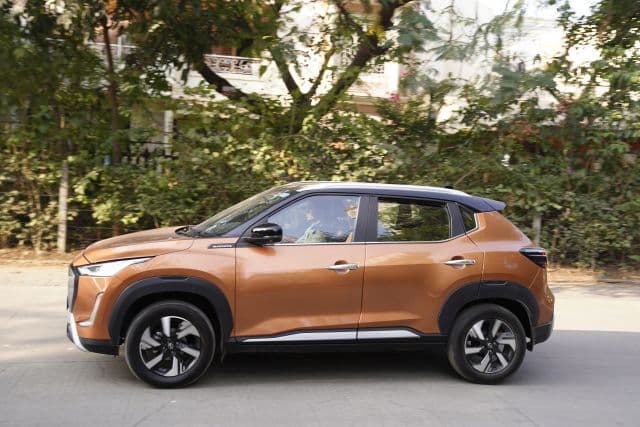
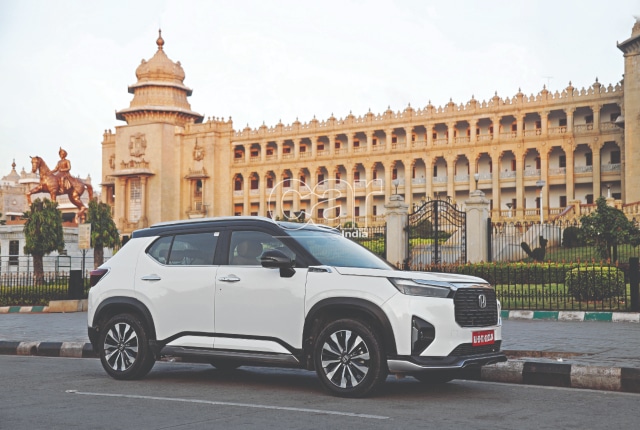
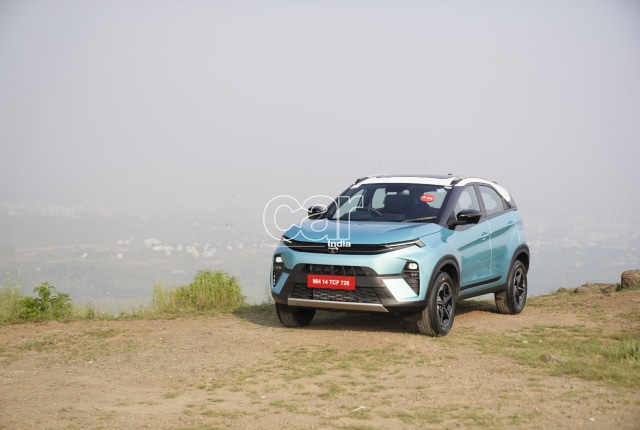
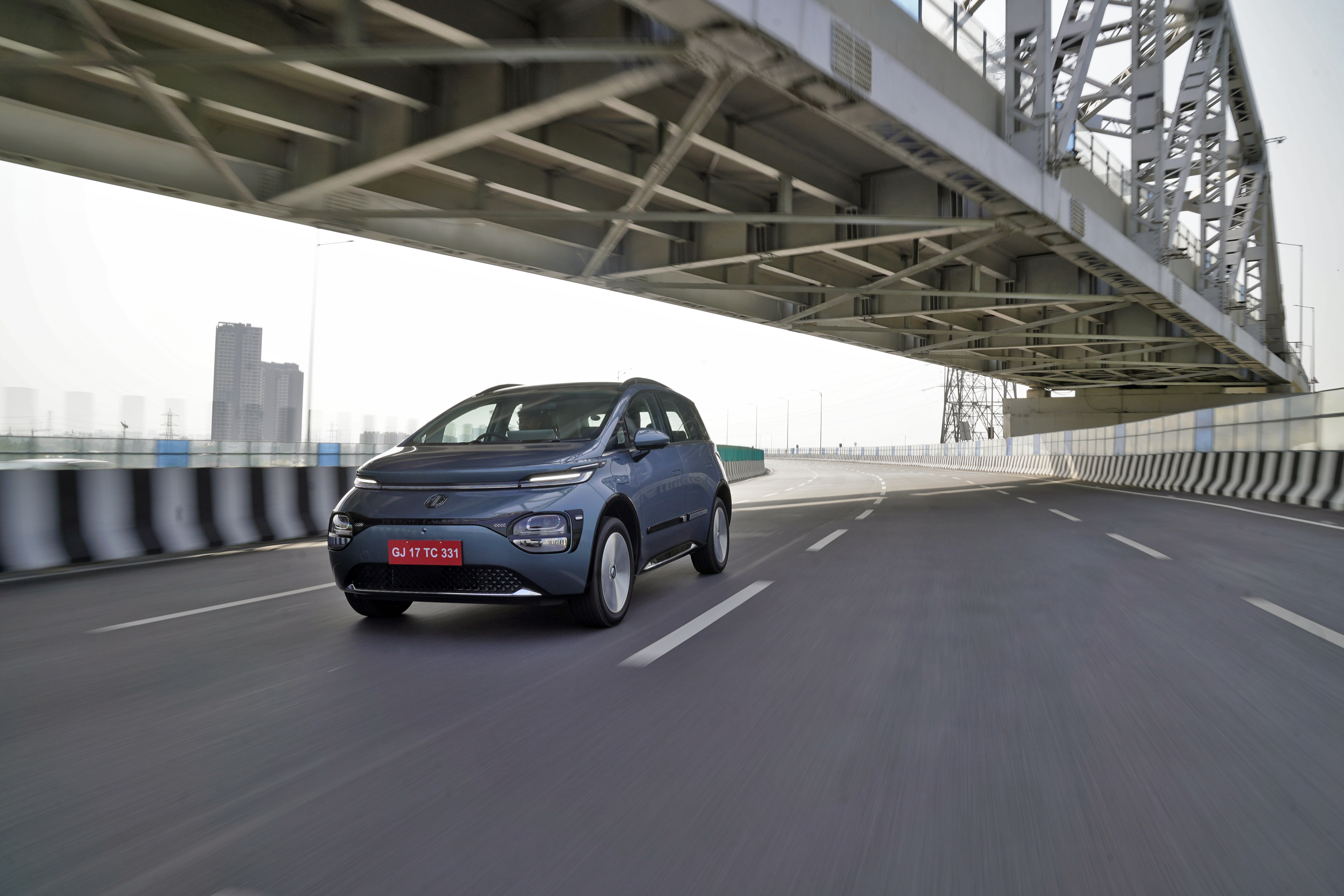
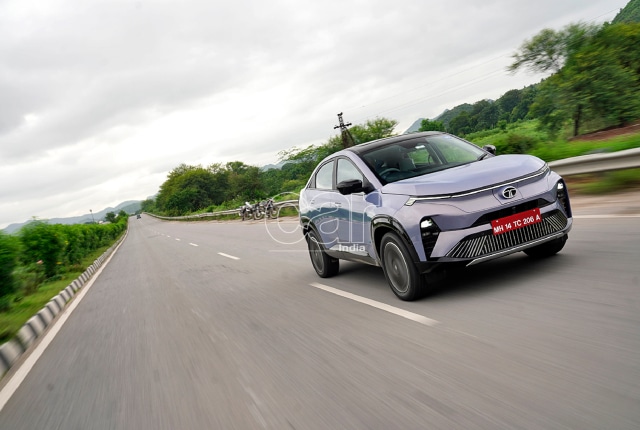
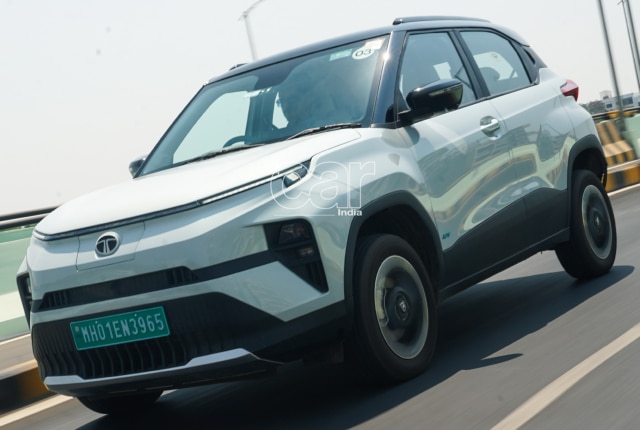




Leave a Reply